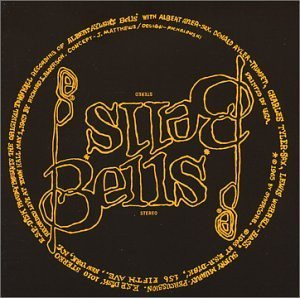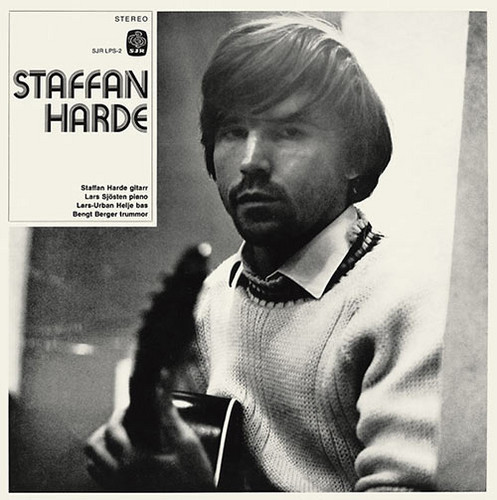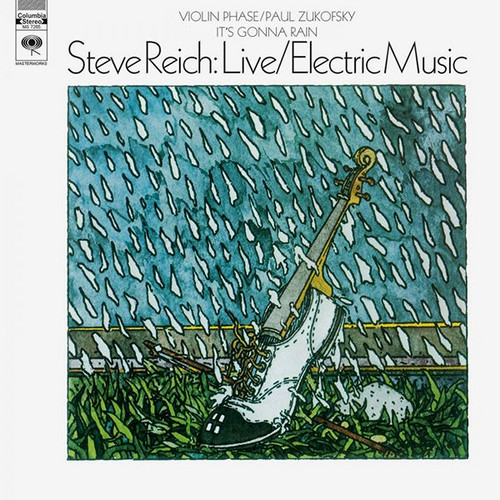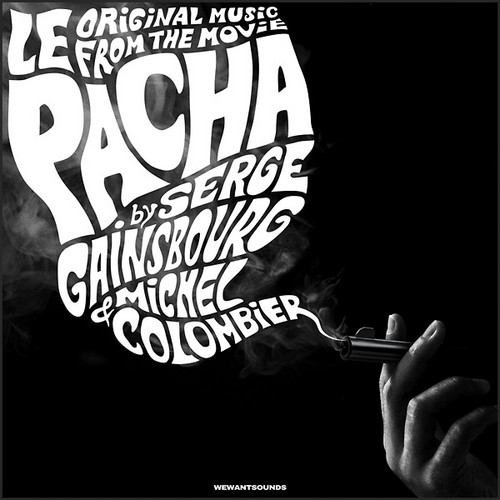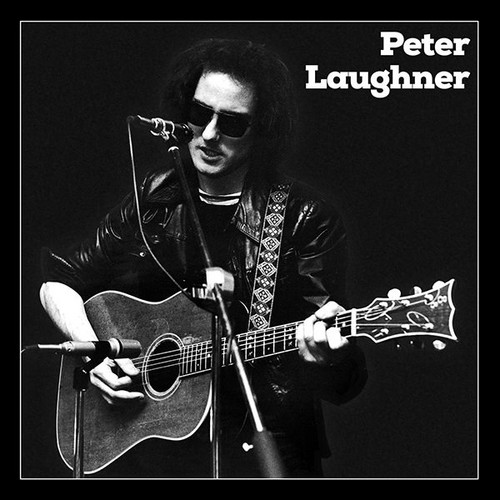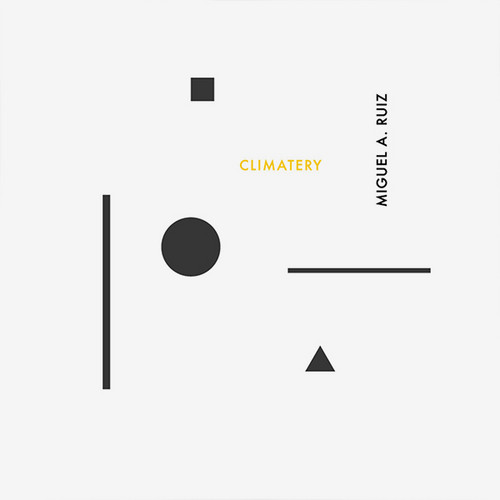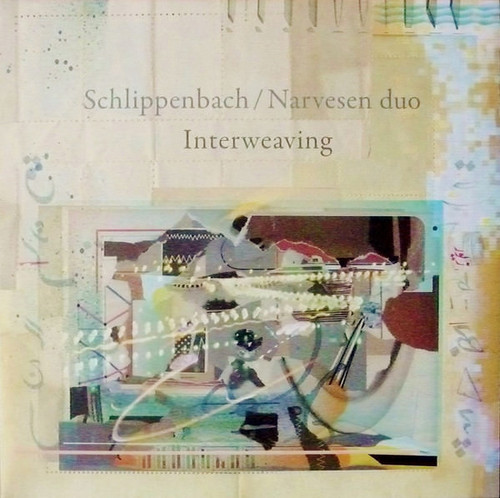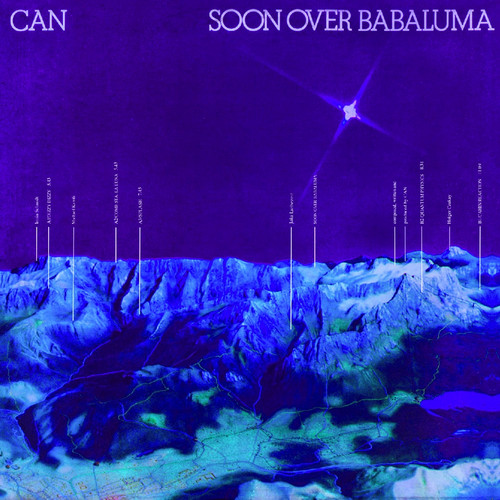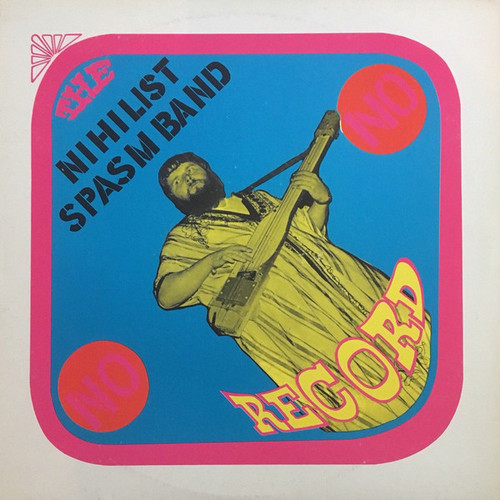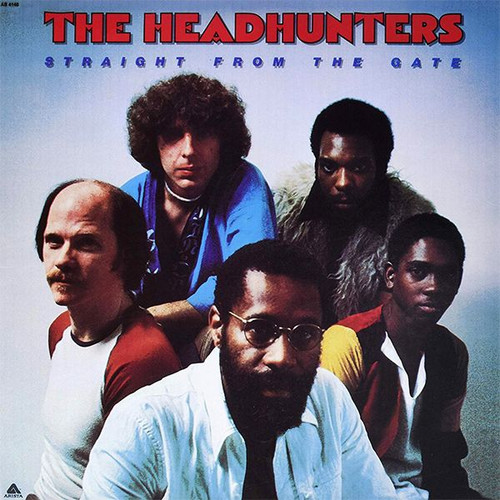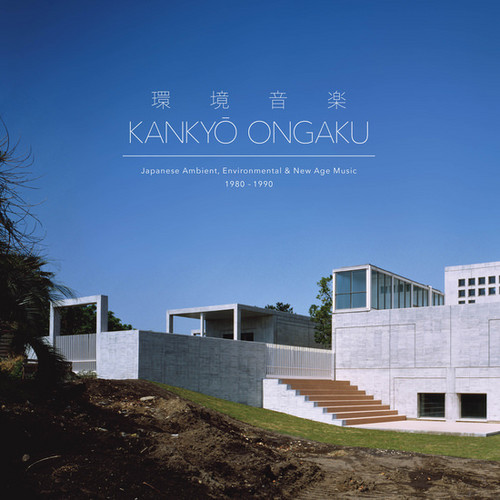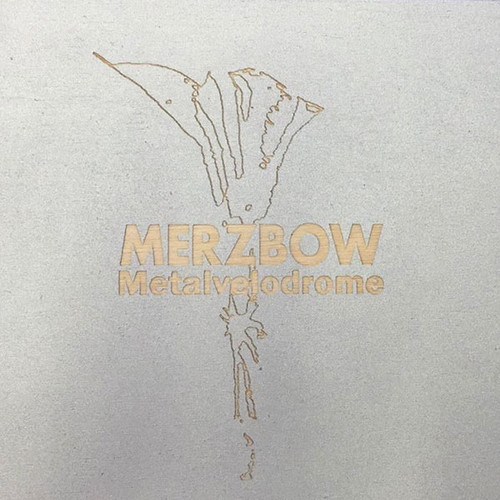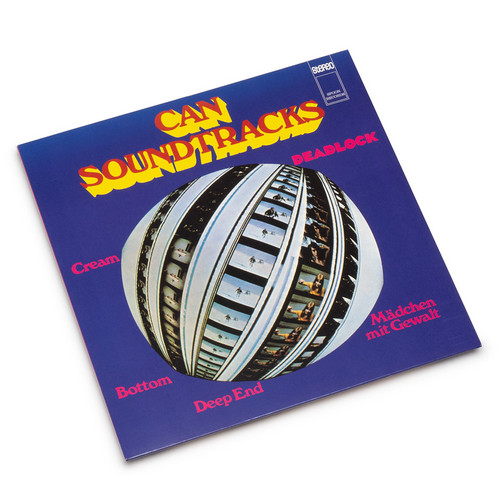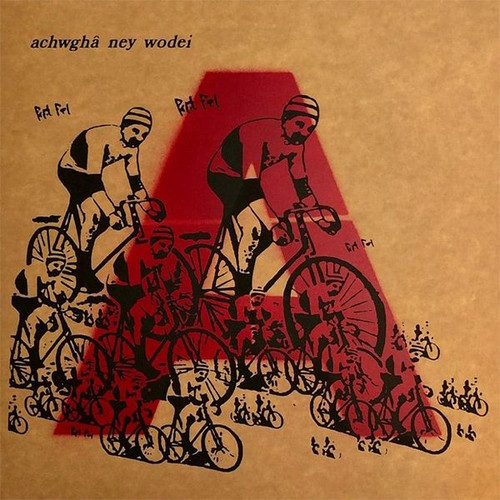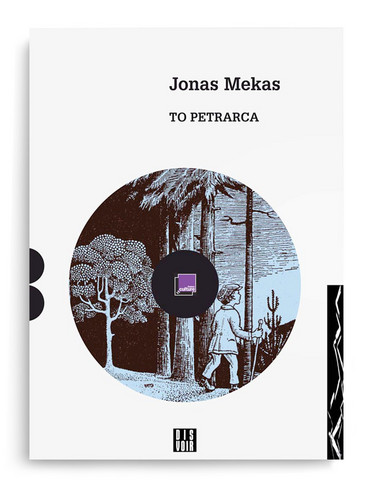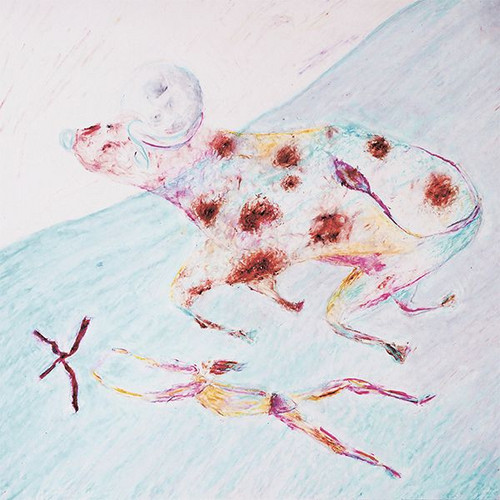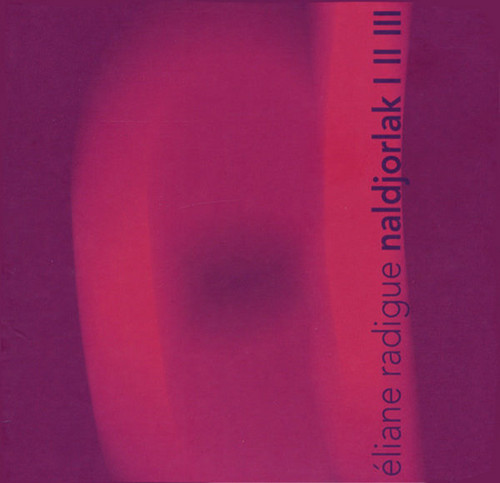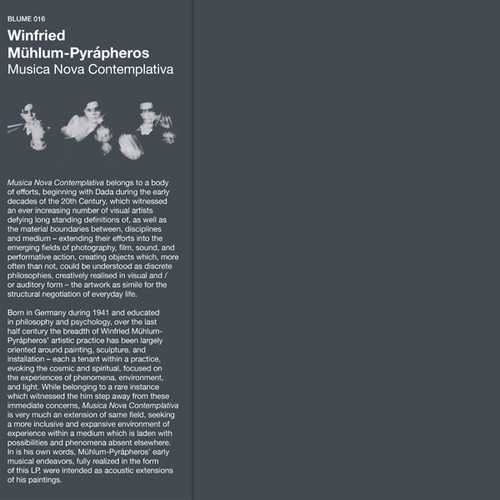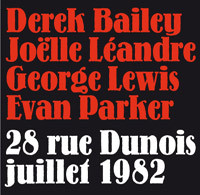Back in stock
Bells
"Albert Ayler's Bells is a 20 min revolution in jazz, recorded live at Town Hall NYC, 1965. With Albert and Donald Ayler on sax and trumpet respectfully the brothers are aided by altoist Charles Tyler, Lewis Worrell on bass and Sonny Murray on drums. The ESP label originally released 'Bells' as a one-sided transparent vinyl disc- a move that shocked the jazz avant-garde world at the time and matched the subversive and profound musical statement within. As Dan Morganstein wrote in Downbeat, July …
Staffan Harde
2015 release. A reissue of Staffan Harde's self-titled album, originally released on Svenska Jazzriksförbunded Records (SJR) in 1972. Based on the tiny Swedish fishing island of Smogen, guitarist Staffan Harde created a wholly unique and wondrous approach to his instrument, documented assiduously on hand-made reel-to-reel tapes and this lone LP from 1972, which features Harde solo and with small groups. His accomplices included pianist Lars Sjösten, bassist Lars-Urban Helje, and the acclaimed pe…
Live / Electric Music
A Landmark in Minimalism and Process Music. 180 gram audiophile vinyl, remastered. The influence Steve Reich had on contemporary music can hardly be put into words. As one of the great innovators, he started playing around with tape loops and created rhythmic and tonal effects while recording the sounds of rain, it formed the basis of his ambitious project called " It's Gonna Rain". The great depth and complexity make this an outstanding song in his repertoire - an incredible tape loop piece tha…
Le Pacha OST
Wewantsounds present a reissue of Serge Gainsbourg's cult score for the 1968 French film Le Pacha. These tracks were composed by Serge Gainsbourg at the height of his '60s cool when he was briefly going out with Brigitte Bardot and the couple was on the verge of recording the infamous first version of Je T'aime... Moi Non Plus (1969). All the tracks here are arranged by famed arranger Michel Colombier, who had been responsible for some of Gainsbourg's best songs (Bonnie & Clyde and Harley Davids…
Peter Laughner box set
**Special edition containing a bonus 7" record sold ONLY during the pre-sale, that ends this Sunday. Shipping after August 15th** For a decade or more, the rumors of a Peter Laughner retrospective box set have been hotly debated and speculated, with many fans wondering if in fact such a release would ever see the light of day. At long last Smog Veil Records, in conjunction with the estate of Peter Laughner and his many collaborators, is very pleased to announce the impending release of Peter Lau…
Climatery
Miguel A. Ruiz is a veteran experimental/electronic musician from Madrid, Spainthat has worked under numerous monikers since early eighties as TécnicaMaterial, Orfeón Gargarín, Codachrom, Dekatron II, Michel Des Airlines, Funeral Souvenir, etc. Some of these projects still active today. Entering the world of Ruiz is a wonder to the mind and ears, each project yields authentic masterpieces of experimental electronic music. "Climatery" was originally recorded in the summer of 1986 and was publish…
Interweaving
**Edition of 300 copies** Interweaving pairs the legendary Alexander von Schlippenbach on grand piano and Dag Magnus Narvesen on drums, who is 45 years his junior. The two first worked together when Schlippenbach was a guest of Norway’s Kitchen Ensemble (one of many descendants of GUO) in 2013 and the precedent for this project is Schlippenbach’s longtime duo with Swedish drummer Sven-Åke Johansson. This is a highly percussive Schlippenbach in tandem with Narvesen’s skittering accompaniment, or …
Soon over Babaluma
With Suzuki departed, vocal responsibilities were now split between Michael Karoli and Irmin Schmidt. Wisely, neither try to clone Mooney or Suzuki, instead aiming for their own low-key way around things. The guitarist half speaks/half whispers his lines on the opening groover, "Dizzy Dizzy," while on "Come Sta, La Luna" Schmidt uses a higher pitch that is mostly buried in the background. Holger Czukay sounds like he's throwing in some odd movie samples on that particular track, though perhaps i…
no record
"In 1965, eight guys from London, Ontario, decided to start a free-improv group — 'free' to the point of building their own instruments, which they decided couldn't be set up to produce specific pitches... Their vocalist, schoolteacher Bill Exley, banged on a cooking pot and bellowed hilariously about stupidity and destruction and Canada. They didn't treat what they were doing as an advanced, visionary form of experimental music, but as a big, stupid, fun, ecstatic noise. By the '90s, noise arti…
Straight From the Gate
**2019 stock, reduced price** The Headhunters' Straight From the Gate was their second album and was released in 1977. Originally started as a jazz-fusion band fronted by Herbie Hancock, members Paul Jackson, Bennie Maupin, Michael Clark, Paul Potyen, Derrick Youman and Obsidion Blackbiyrd delved further into jazz-rock and fusion sounds and recorded the album at The Automatt studios in San Francisco. The Headhunters use a wide range of instruments. From the electric piano, to tenor and soprano s…
Japanese Ambient, Environmental & New Age Music 1980-90
Light In The Attic’s Japan Archival Series continues with Kankyō Ongaku: Japanese Ambient, Environmental & New Age Music 1980-1990, an unprecedented overview of the country’s vital minimal, ambient, avant-garde, and New Age music – what can collectively be described as kankyō ongaku, or environmental music. The collection features internationally acclaimed artists such as Haruomi Hosono, Ryuichi Sakamoto and Joe Hisaishi, as well as other pioneers like Hiroshi Yoshimura, Yoshio Ojima and Satoshi…
Metalvelodrome
**500 copies** Merzbow stands as the most important artist in noise music. The moniker of Japanese artist Masami Akita was born in Tokyo in 1979. Inspired by dadaism and surrealism, Akita took the name for his project from German artist Kurt Schwitters's pre-war architectural assemblage The Cathedral of Erotic Misery or Merzbau. Just as Schwitters attacked the entrenched artistic traditions of his time with his revolutionary avant-garde collages, so too would Akita challenge the contemporary con…
Soundtracks
Soundtracks is a compilation album, first released in 1970, consisting of tracks written for film. The album marks the departure of the band's original vocalist Malcolm Mooney, who sings on two tracks, to be replaced by new member Damo Suzuki. "She Brings the Rain", originally appearing in the 1969 film Bottom – Ein großer, graublauer Vogel by Thomas Schamoni, was later featured in Wim Wenders' 1994 film Lisbon Story, the 2000 Oskar Roehler film Die Unberührbare and Tran Anh Hung's film Norwegia…
Achwghâ Ney Wodei
**300 copies** Achwghâ Ney Wodei was a quartet of François Boitière (drums, keyboards, vocals), Didier ‘Higgins’ Copp (bass, percussion, vocals), Eric ‘Riton’ Sterenfield (guitar, keyboards, percussion, vocals) and Phillippe ‘Wodi’ Royer (percussion, trumpet, bass, vocals). They released a cassette for the French label V.I.S.A. and later, in 1987, a triple 12″ for New International Recordings, a short-lived label by Simon Crab, of Bourbonese Qualk (maybe that should serve as an explanation?). Th…
To Petrarca
To Petrarca is a book and CD set, consisting of a sound diary, an original sound piece culled from Jonas Mekas' personal archives, originally broadcast on radio France Culture on June 29th, 2003. It is expanded in the accompanying book by his personal drawings, photos and correspondence. In this work, Jonas Mekas offers us images and sounds following a structure similar to his pioneering film diaries.
Each Day Moon Tide
**300 copies** Oltrarno Recordings presents the latest work from Fabio Orsi: Each Day Moon Tide. What seems an endless repetition of day and night, slowly transforms into something new, as Fabio's musical approach is turning to a different magnetic pull. On Side A we find Moon, a 16 minutes of trance dedicated to the relationship between the moon and our mother earth. On Side B Each reminds us the need to accept recurrent patterns, then, time can stretch out and new spaces can come in; Tide and …
Naldjorlak I, II, III
2018 much-needed repress, reduced price! The Naldjorlak trilogy composed between 2004 and 2009. 'Naldjorlak I' for cello. Charles Curtis. 'Naldjorlak II' for two basset horn. Carol Robinson and Bruno Martinez. 'Naldjorlak III' for two basset horn and cello. Carol Robinson, Bruno Martinez and Charles Curtis. Recorded in Paris, June and September 2011 by Daniel Deshays. The recording of 'Naldjorlak I' is diofferent from the first one issued by the label. 'There is no score of Naldjorak and never w…
Musica Nova Contemplativa
** Edition of 300 LP on black vinyl. Audiophile pressing. Including printed inner sleeve housing a Nagaoka anti-static record sleeve, plus an original insert that functions as Obi. Surely one of the finest Blume reissues to date and represents the uncovering of a genuine lost gem.** Joining their broad efforts in building networks of context and understanding, spanning historical and contemporary territories of adventurous sound, Blume Editions is thrilled to announce the long awaited return of …
Tara's Room + Sounding Way
It’s impossible to do the legacy of Pauline Oliveros justice. From her earliest tape works during the late 1950s and her emergence into the public eye as a founding member of The San Francisco Tape Music Center during the early 60s, until her passing in 2016, she was one of the great pioneering voices in among the American musical avant-garde, ultimately becoming its grande dame. There was, and will never be, anyone quite like her. Over the last decade, we’ve been fortunate to witness a growing …
28 rue Dunois, juillet 1982
Awesome collective improvisation. "The fundamental tension between freely improvised music’s momentary existence in performance and the monumentalizing impact of media becomes more nuanced with each new delivery system. While MP3 files lack the totemic mass of box sets of discs, they nevertheless have a compensating spectral power. The rise of the archival recording compounds this tension, particularly when one is proffered to be the long-missing puzzle piece that completes the picture of how an…
